This week’s blog is focusing on two norms from my class textbook, The Global Educator; Norm 1 – Being prepared and Norm 2 – Have a Purpose. Before a global educator can implement global tools for students to engage in online global collaboration; teachers preparation (Norm 1) is necessary to ensure they know how to use the online tools as well as the connects are secured. Teachers should have determined what day and time works best for each school (e.g. vacation schedules, times zones, etc.). Another aspect teachers should consider when preparing is whether all participants have access to the same tools for a cohesive collaboration.
Once teachers have worked out how all participants will connect, then it is time to consider how everyone will communicate. This first must be tested by the teachers as they conduct small sessions to work out logistics of the tools. After the tool is tested and proven to be sufficient for the online global collaboration project, then teachers must construct guidelines for communication between teachers and students as well as student to student. It should be clear from the start how frequent participants need to communication for the duration of the project. I found a tool for global educators to use as they engage in online global collaboration projects. The tool I choose is from Cacoo.com, it is a diverse tool to apply to schools curriculum, there is support for STEM education.
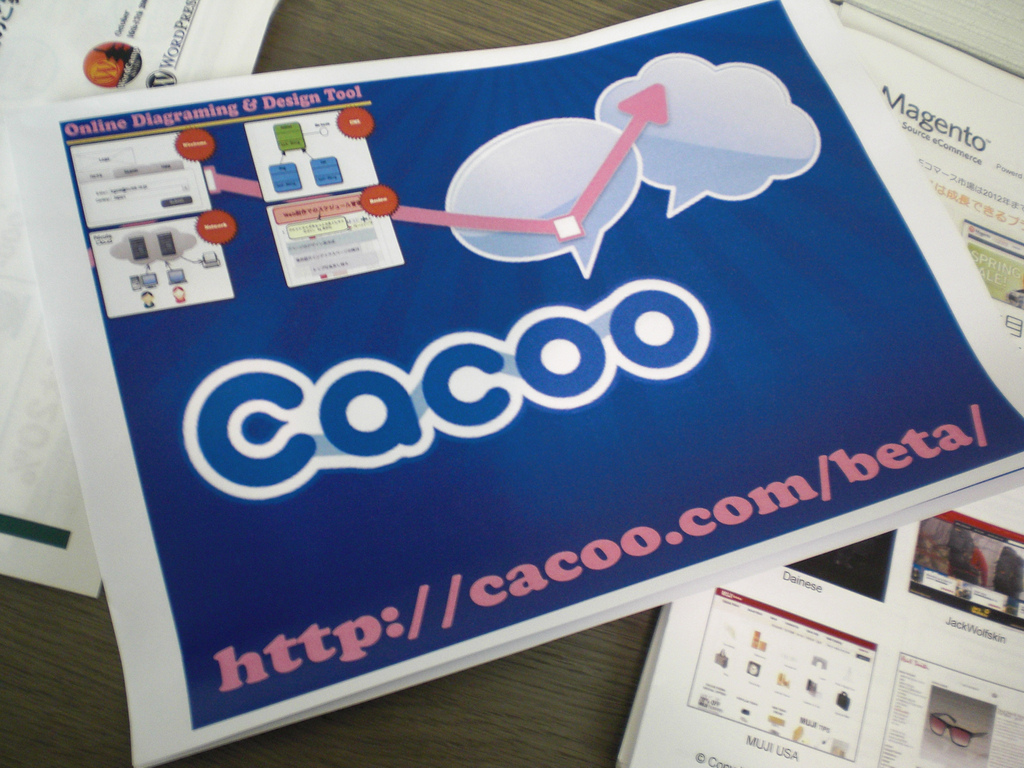
After establishing the parameters for connecting and communication teachers should shift to the purpose ( Norm 2) of the online global collaboration. This norm looks at the cultural exchange participants will engage in to gain an understanding and empathy for other cultures. Students and teachers will have the opportunity to explore other cultures and regions through their collaboration project. Before the project begins, teachers should have students create a list of questions following some brief research of the other nation.
The three tools I choose for the cultural exchange portion of the project comes from a larger website. The first tool I choose from the list is ePals a website that connects schools from around the world to exchange ideas and to collaborate on important issues. The feature I truly love is the translation feature which is vital for participants to communicate with one another. ePals offers both connection and collaboration opportunities for schools.
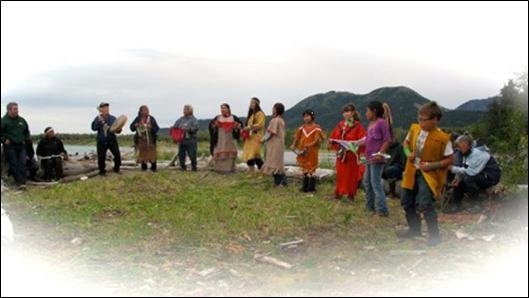
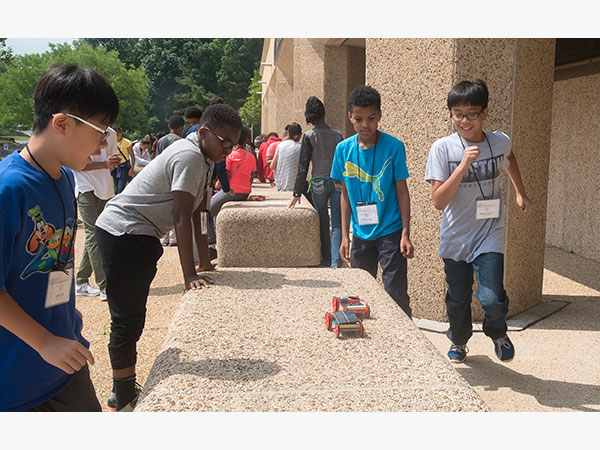
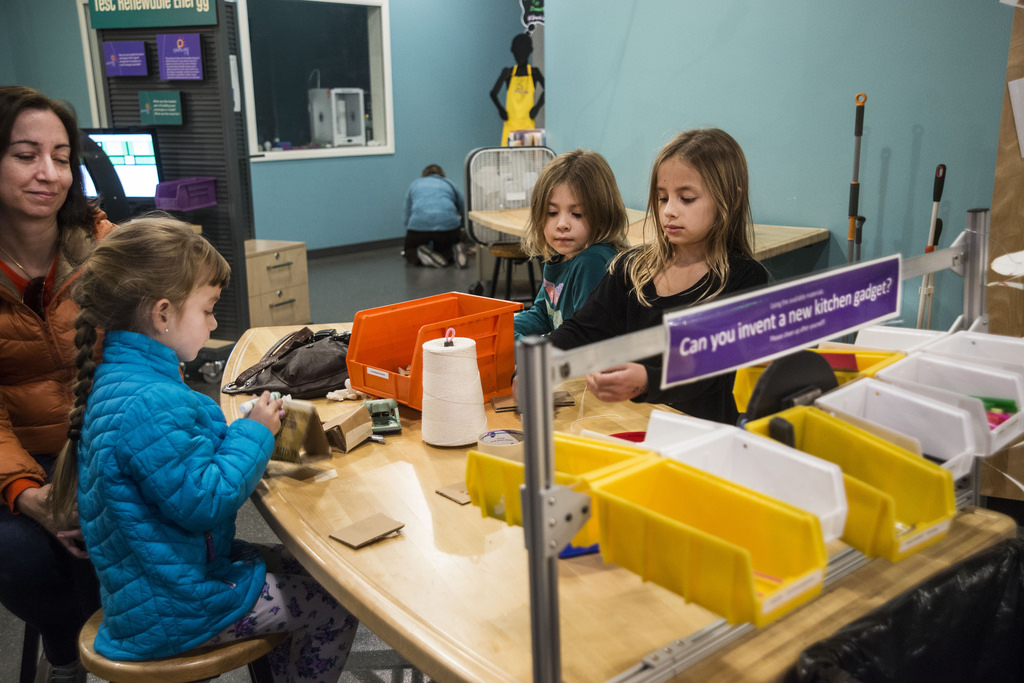
The second tool I choose is Kindlink which is attached to connect all schools. This particular tool exposes students and teachers to the wonderful world of volunteering on a global scale. I love that this is gear for young children to secondary students. Participants are welcome to join an existing project or develop one of their own. With help from the community, children can dream, design, create, connect, and collaborate on their projects. Here is a great example of a collaboration between students and the community.

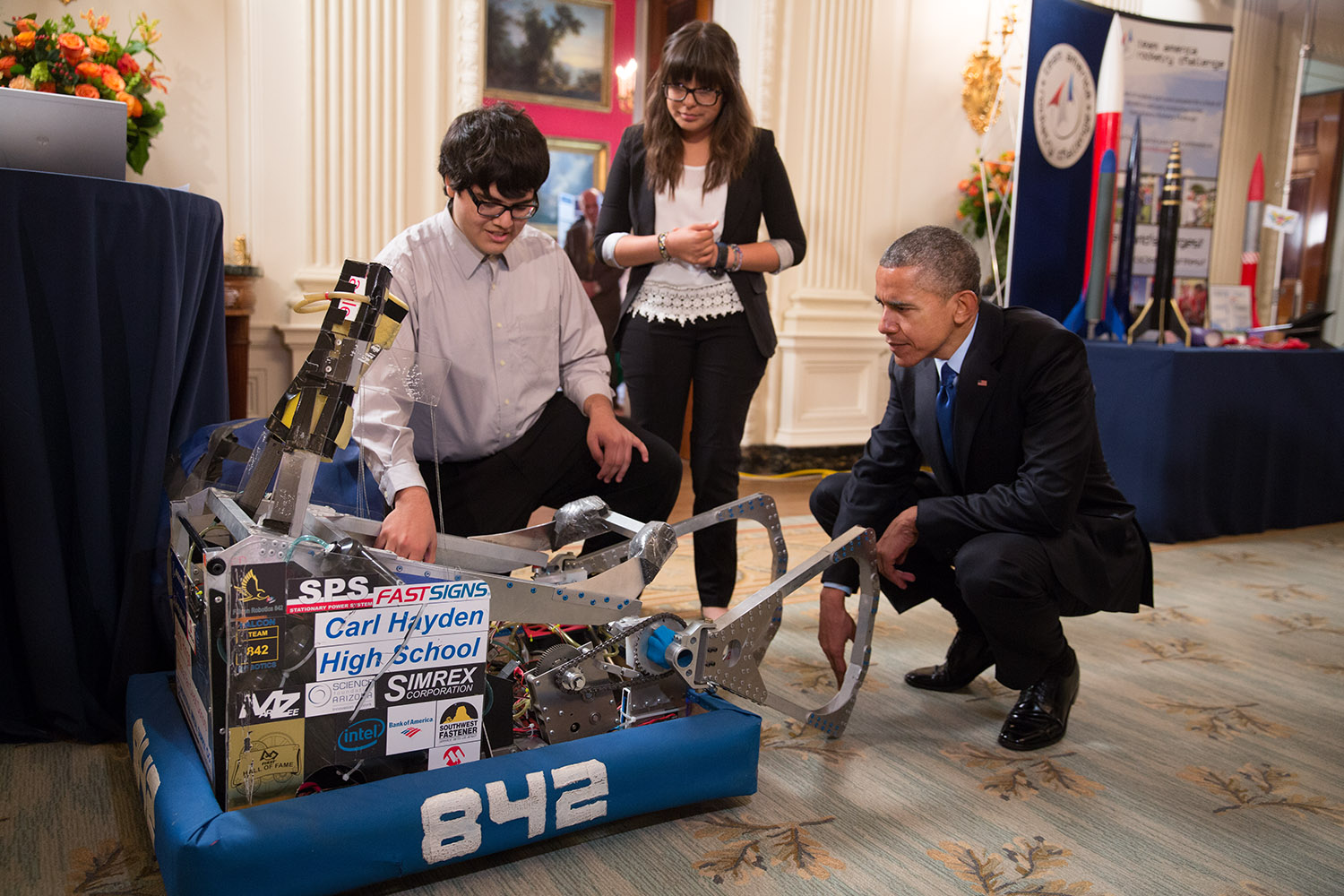
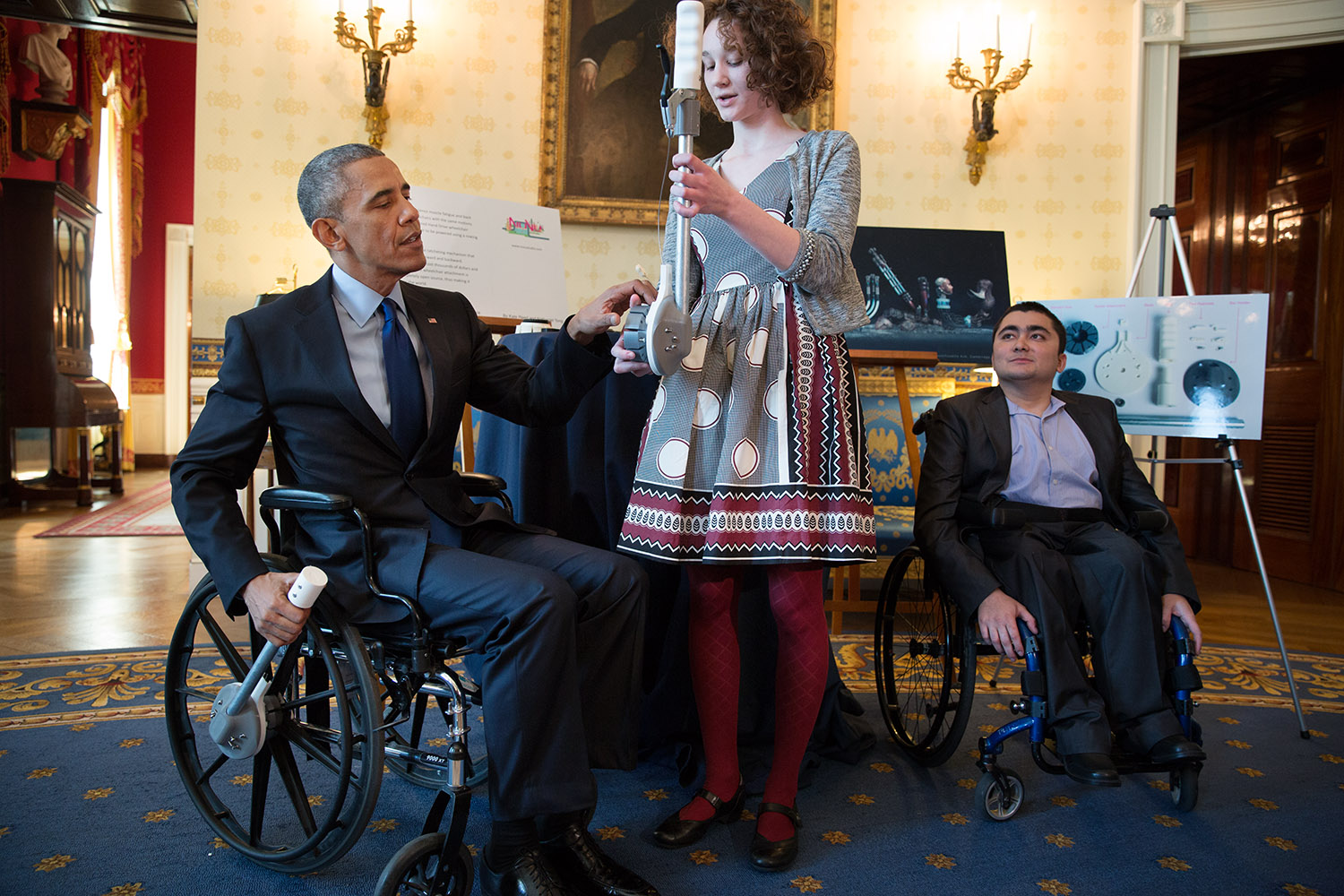
The third tool is Global Schoolnet is designed for K-12 students to engage in multicultural exchanges, projects, and collaboration. Here is a look at the program:
iPoPP is another part of the GlobalSchoolNet team which offers more opportunities for students to engage in multicultural exchanges and collaborate on projects.
With these tools teachers and students in conjunction with Norm 1 (Be Prepared) and Norm 2 (Have a Purpose) their online global collaboration should be a successful one!
